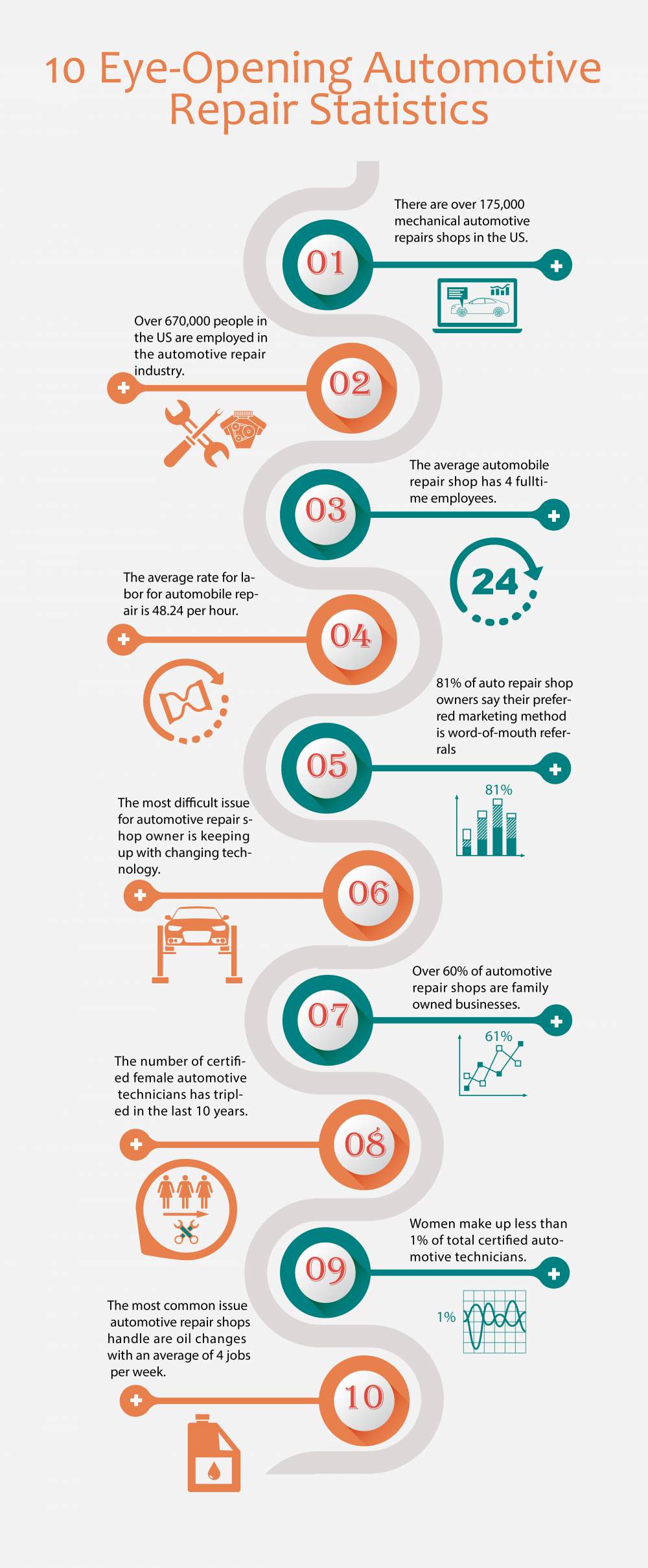Curious Concerning Those Control Panel Caution Lights In Your Auto? Figure Out What They Imply For Your Automobile'S Health And Safety
Curious Concerning Those Control Panel Caution Lights In Your Auto? Figure Out What They Imply For Your Automobile'S Health And Safety
Blog Article
Write-Up By-Vinson Torres
When you're behind the wheel, those beautiful warning lights on your control panel can be a little bit puzzling. Do you know what they're trying to inform you concerning your auto's health? Understanding the significance of these lights is vital for your safety and security and the long life of your vehicle. So, the following time one of those lights pops up, wouldn't you intend to decode its message precisely and take the necessary actions to address it?
Common Caution Lighting and Interpretations
Recognize usual caution lights in your vehicle and comprehend their definitions to guarantee safe driving.
self car wash near me include the check engine light, which signifies issues with the engine or discharges system. If this light comes on, it's critical to have your automobile examined promptly.
source web page alerting light indicates low oil pressure, requiring immediate focus to prevent engine damages.
A blinking battery light may recommend a faulty billing system, potentially leaving you stranded if not attended to.
The tire stress tracking system (TPMS) light notifies you to low tire pressure, impacting vehicle stability and gas efficiency. Ignoring https://oil-change-prices-near-me73951.blogadvize.com/37146579/are-you-curious-about-uncovering-the-ways-in-which-automation-and-robotics-are-changing-the-vehicle-outlining-market can cause dangerous driving problems.
The abdominal muscle light suggests an issue with the anti-lock braking system, endangering your ability to stop rapidly in emergency situations.
Finally, the coolant temperature warning light warns of engine overheating, which can cause extreme damages if not resolved promptly.
Understanding these common caution lights will certainly help you address concerns immediately and maintain safe driving problems.
Importance of Prompt Attention
Understanding the usual caution lights in your automobile is just the first step; the value of quickly resolving these cautions can not be stressed sufficient to guarantee your security when driving.
When a warning light brightens on your control panel, it's your cars and truck's method of communicating a prospective problem that needs attention. Neglecting these cautions can bring about much more serious issues down the road, jeopardizing your safety and security and possibly costing you a lot more in repairs.
Trigger attention to cautioning lights can avoid break downs and crashes. As an example, a flashing check engine light could suggest a misfire that, if left unattended, can create damages to the catalytic converter. Resolving this without delay can save you from a pricey repair.
Similarly, a brake system warning light may indicate low brake liquid or used brake pads, crucial components for your safety and security when driving.
Do It Yourself Troubleshooting Tips
If you observe a caution light on your dashboard, there are a few DIY troubleshooting pointers you can try prior to looking for specialist assistance.
The first step is to consult your car's manual to recognize what the particular warning light shows. Sometimes headlight polishing service can be as easy as a loose gas cap setting off the check engine light. Tightening up the gas cap may resolve the trouble.
An additional common issue is a reduced battery, which can set off different cautioning lights. Inspecting the battery connections for deterioration and ensuring they're secure may repair the trouble.
If a caution light continues, you can try resetting it by separating the vehicle's battery for a couple of mins and afterwards reconnecting it. Additionally, examining your lorry's fluid levels, such as oil, coolant, and brake liquid, can assist troubleshoot warning lights related to these systems.
Conclusion
In conclusion, recognizing your cars and truck's warning lights is essential for maintaining your automobile running smoothly and securely. By immediately dealing with these informs and understanding what they imply, you can stay clear of pricey repair work and potential failures.
Keep in mind to consult your vehicle's guidebook for certain information on each alerting light and do something about it accordingly to ensure a trouble-free driving experience.
Remain educated, stay safe on the road!
